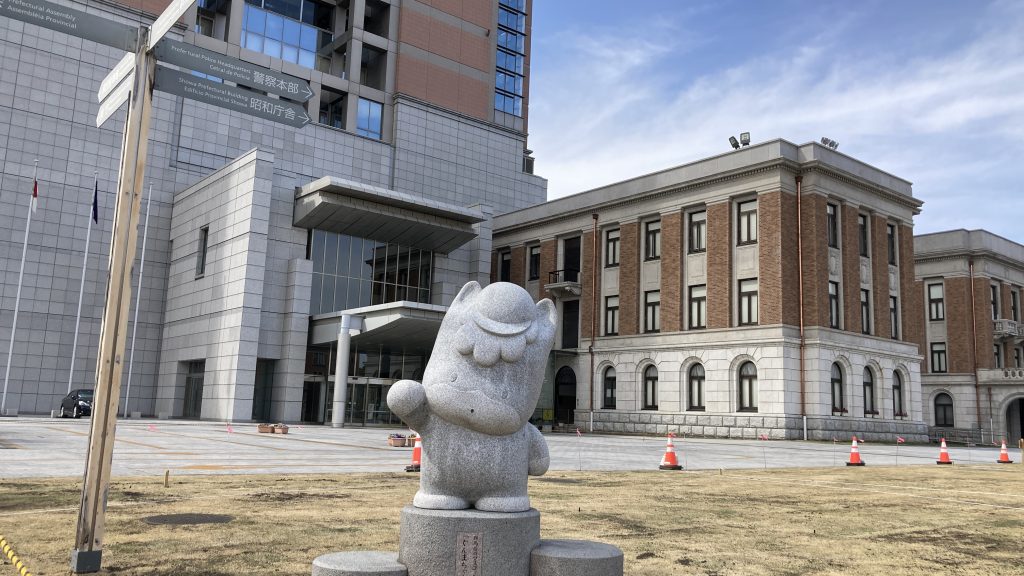

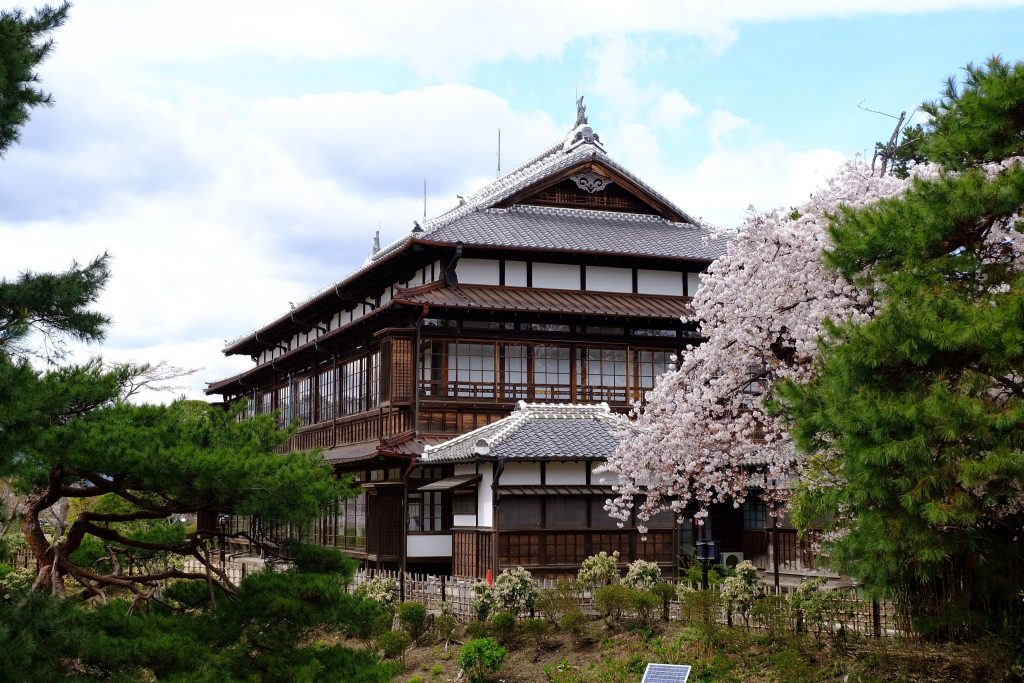
Located in the heart of Japan, the City of Maebashi is one that you’ve probably never heard of. Despite its booming local arts and culture scene, it’s not well known for tourism. However, it is full of off-the-beaten-path cultural and historic sights that you can enjoy without the pesky crowds of the standard tourist traps. For travelers coming from Tokyo, It’s a great place to stop on your way to or from Mt. Akagi.
Last week I took myself on a little tour of a few of Maebashi’s highlights. I started at Rinkokaku, historically a state guest house for emperors and now a treat for traditional architecture enthusiasts. Then I went for a local snack of yaki-manju at Harashima-ya. I finished my excursion at the Prefectural Office, where you can look out from the 32nd floor at a 360 view.
From Tokyo, start by taking the bullet train from Tokyo Station or Ueno Station to Takasaki Station, and switch to a local train for 15 minutes from there to Maebashi Station. Once you’re at Maebashi Station, you have a few options.
Walk from Maebashi Station to Rinkokaku. It takes 30 minutes, but you’ll get to see random parts of Maebashi’s quaint urban center along the way.
Take the bus, a 5 minute ride + up to 10 mins walking, depending on the route. Google Maps bus directions in Maebashi are generally accurate, so you can follow along whatever route it recommends when you arrive.
Rent a city bike. Maebashi’s city bike program Cogbe has bike docks all over the city, so you can grab a bike at the station and drop it off at Rinkokaku, then rent another from near the Prefectural Office and return to the station at the end of your day. You can download the English app for iPhone or Android, register your credit card, and then you’ll be good to go.
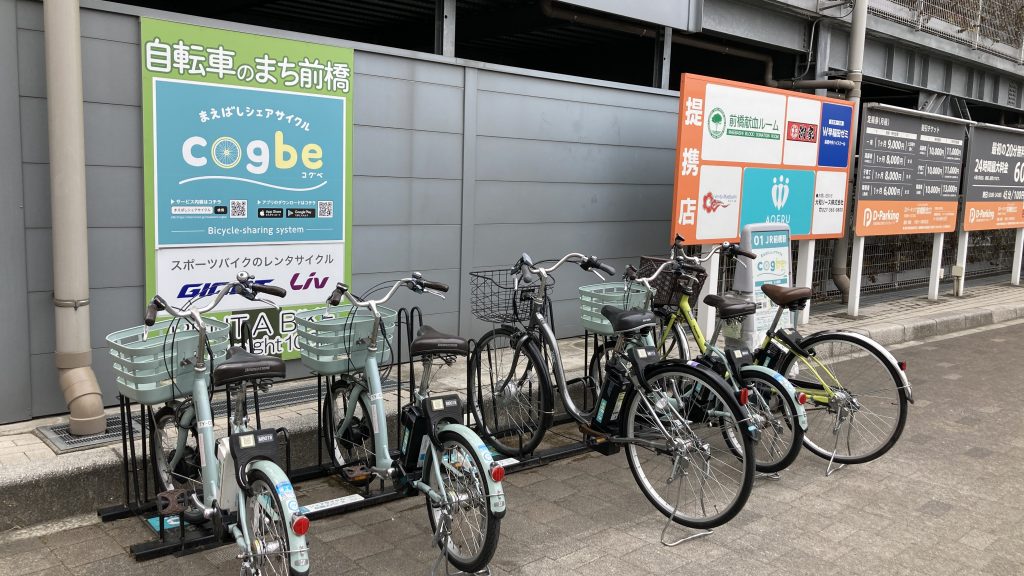
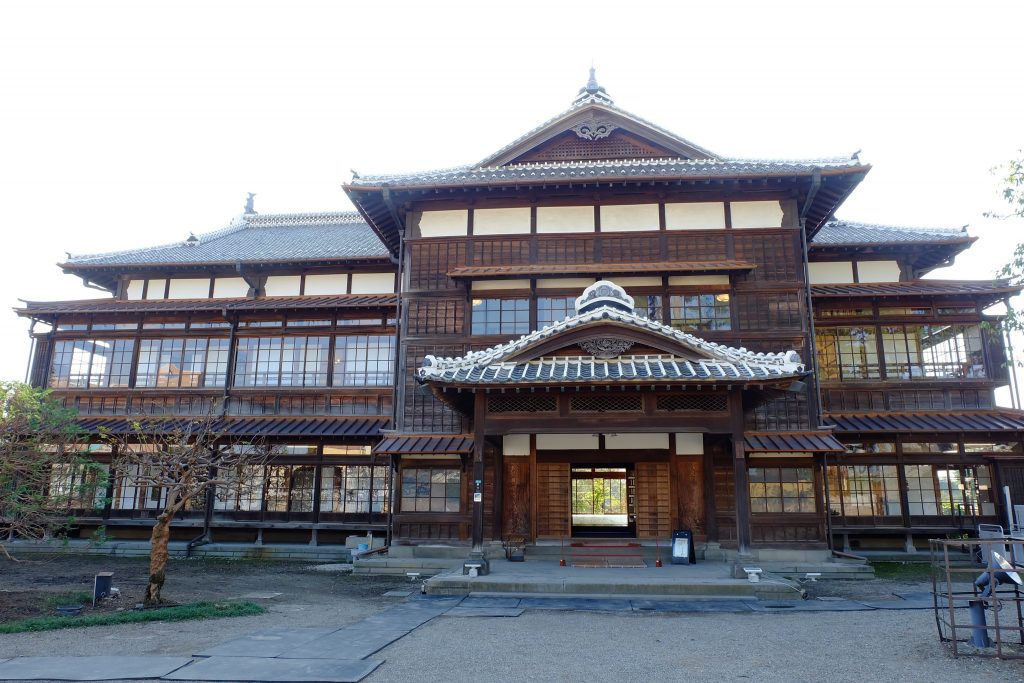
Built in 1884 and expanded in 1909, Rinkokaku served as a state guest house for visiting dignitaries, from poets to diplomats to Emperor Meiji himself. VIPs were always passing through Maebashi, because as the capital of Gunma Prefecture, it was a hub for the international silk trade. The architecture of each building in the complex exemplifies the late modern Japanese style.
I entered the complex through the back so I could start by walking through the Japanese garden.
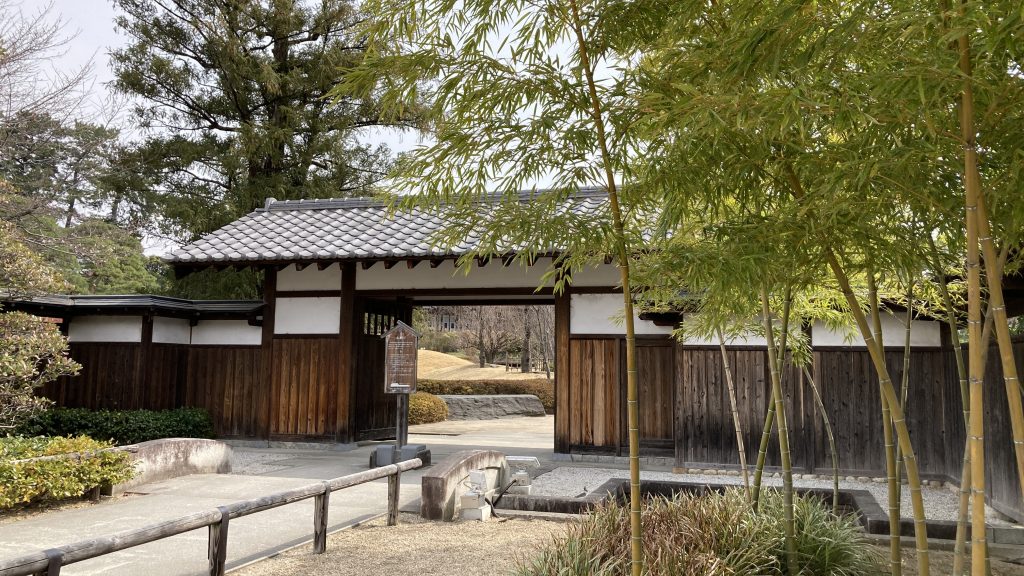
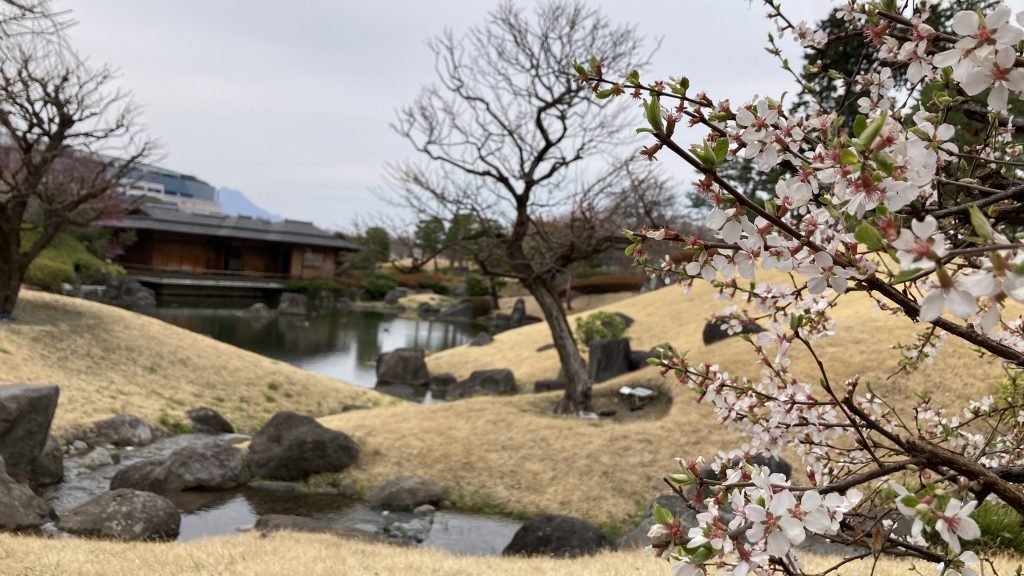
The first building you enter is actually the annex, built about 25 years after the main building. It was meant for guests attending a multi-regional trade exhibition and boasts extravagant rooms where balls and lectures were held.
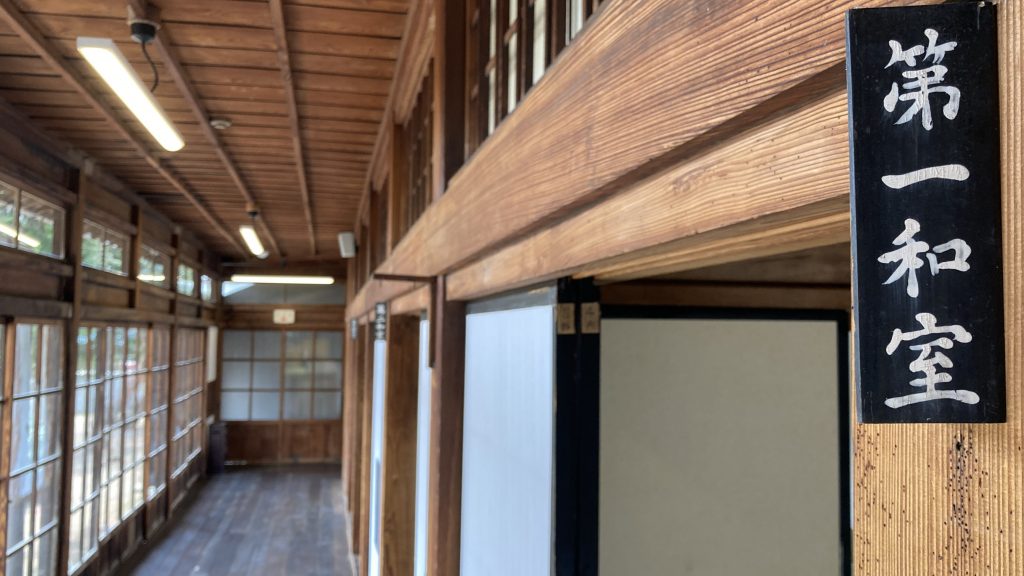
The traditional Japanese hall on the second story is particularly notable for being 30 times the size of a standard Japanese bedroom. It is floored with straw tatami mats, and I’ve never seen that many of them in one place!
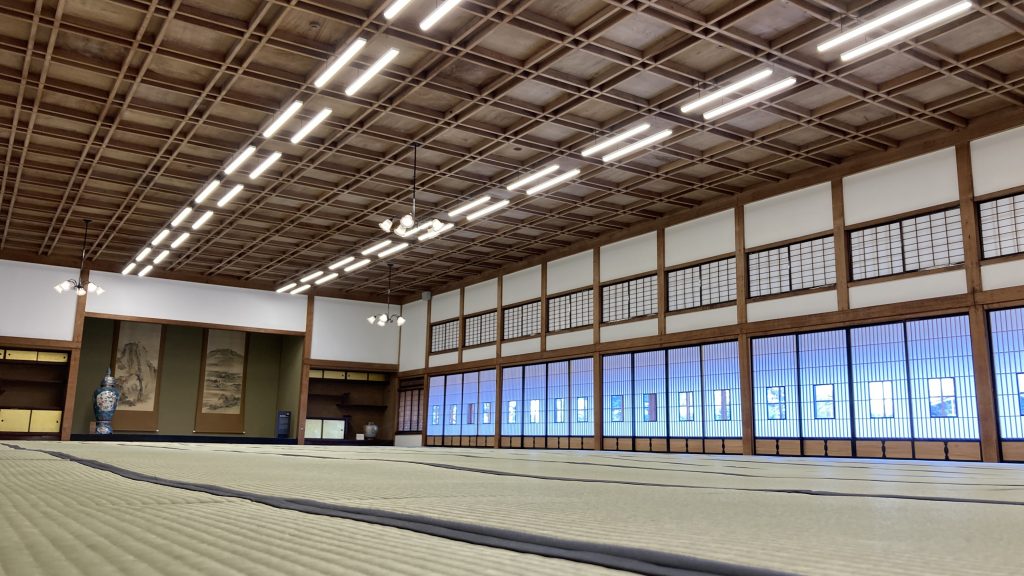
Art is displayed here and there throughout the complex. This hall had two tall paintings of Gunma’s mountains, and a beautiful wide cityscape of ye olden Maebashi and its surroundings from a bird’s eye view. The cityscape was too wide to take a photo of, so if you want to see it, you’ll have to go to Rinkokaku in person.
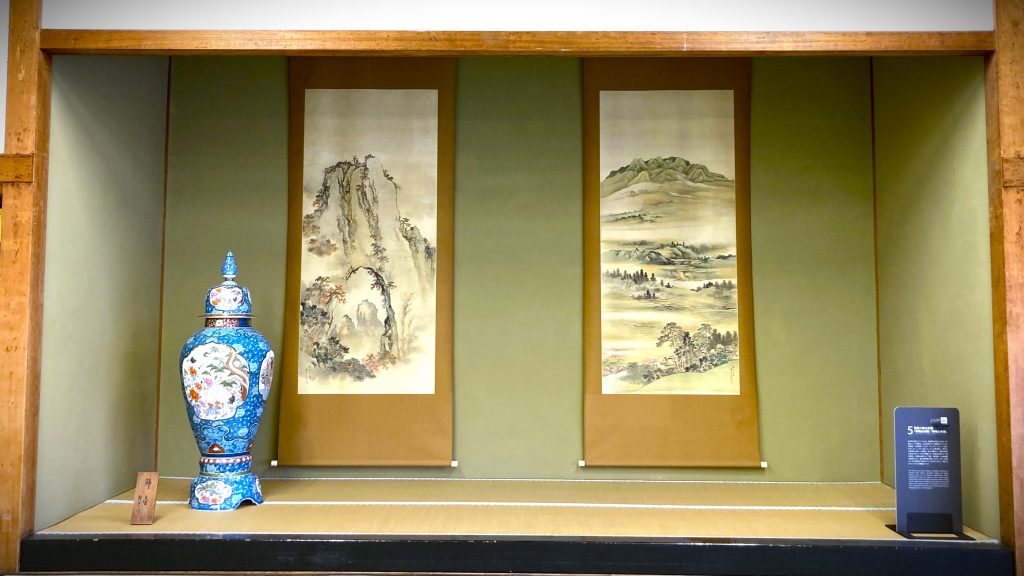
The annex is connected to the main building by a hallway lined with portraits of the guests who have stayed over the years.
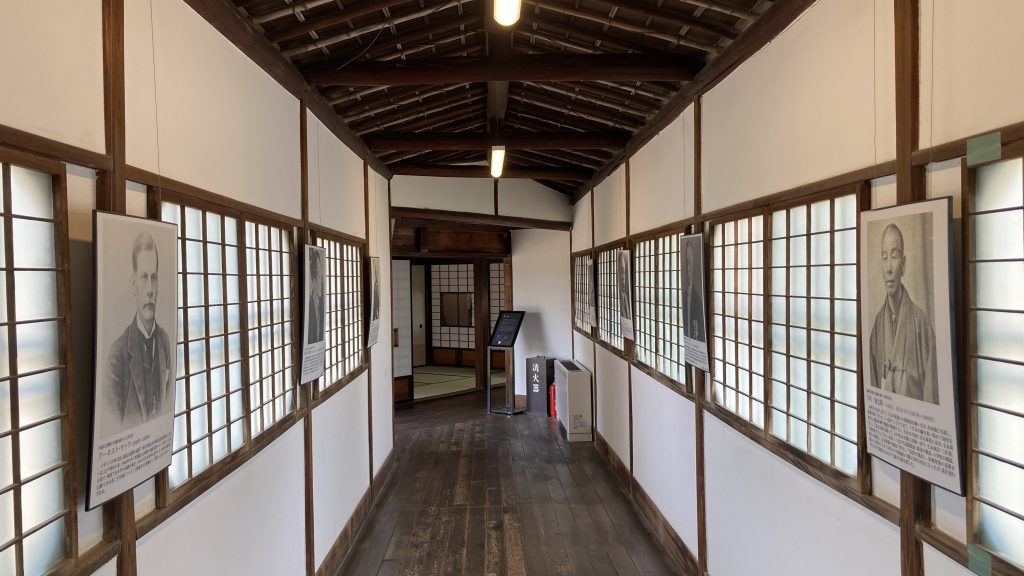
The main building is smaller than the annex, with more subtle indications of high class design. This is the building where the emperor stayed.
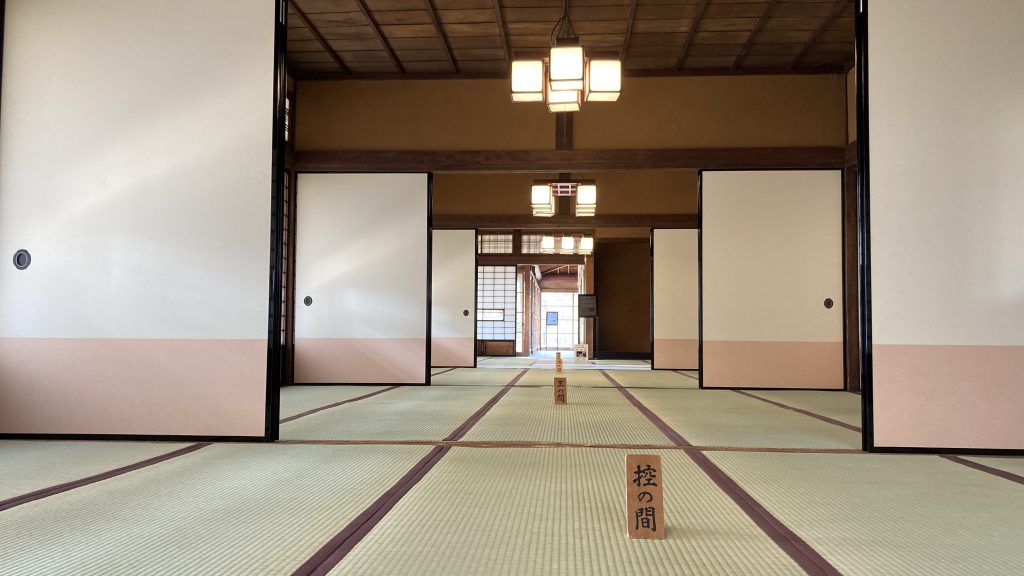
As I was admiring the elegant rooms and bright corridor, one of the staff struck up a conversation with me. She was an older woman, and she paused from sweeping the floor to ask me why I was taking so many pictures. When I told her I was writing an article, she told me a few facts about the room we were in. The floor had been built to withstand stomping so that it could be used as a stage for Noh performances, and the ceiling beams in the corridor had been fashioned from long logs each from a single tree.
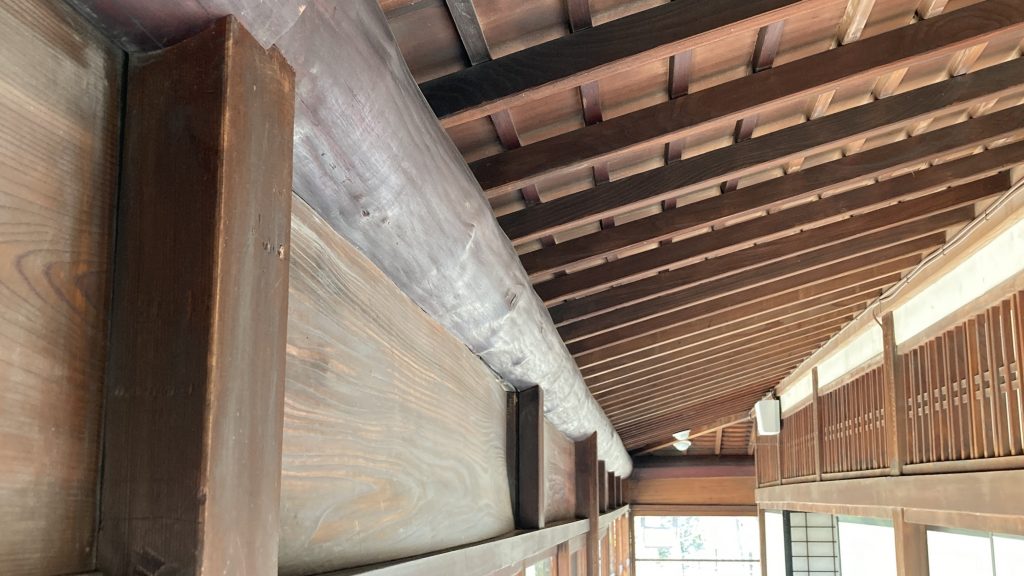
When she realized I was a foreign resident she showed me she could speak a little English and we got to chatting. She was not a Rinkokaku veteran with long historical ties to the building or anything. She was just a retiree who wanted to help out somewhere to keep her brain fresh. She mentioned she climbs 100 mountains a year to keep her body in shape too. Old Japanese folks never cease to amaze me!
After our nice chat, I moved to the other side of the first floor. There were exhibits about some other historical buildings in Maebashi.
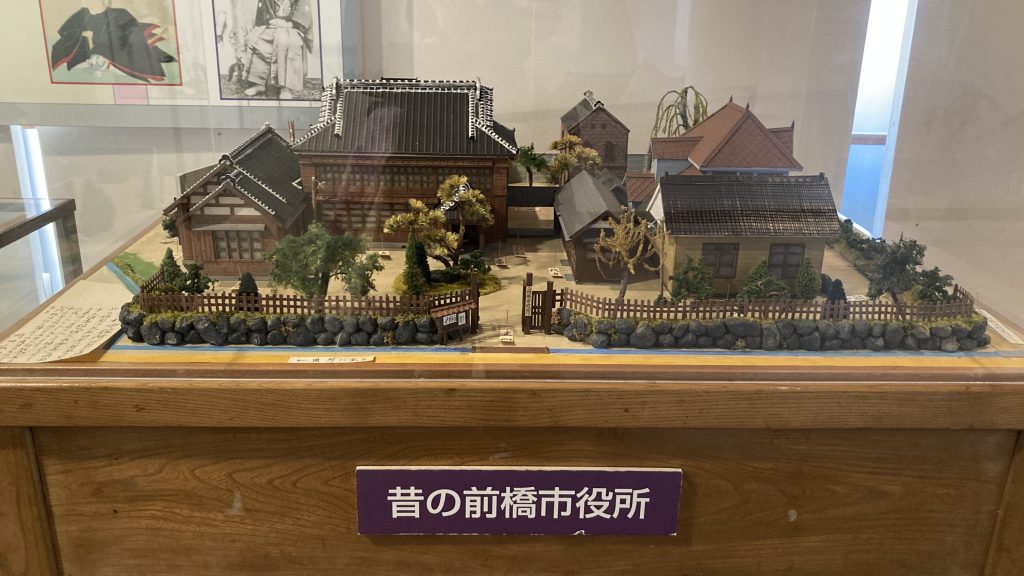
The art in the next alcove I found blew me away. There were what looked like bonsai trees, but when I read the plaque it said they were actually sculptures, made completely from manmade materials such as paper and cloth. The detail was stunning.
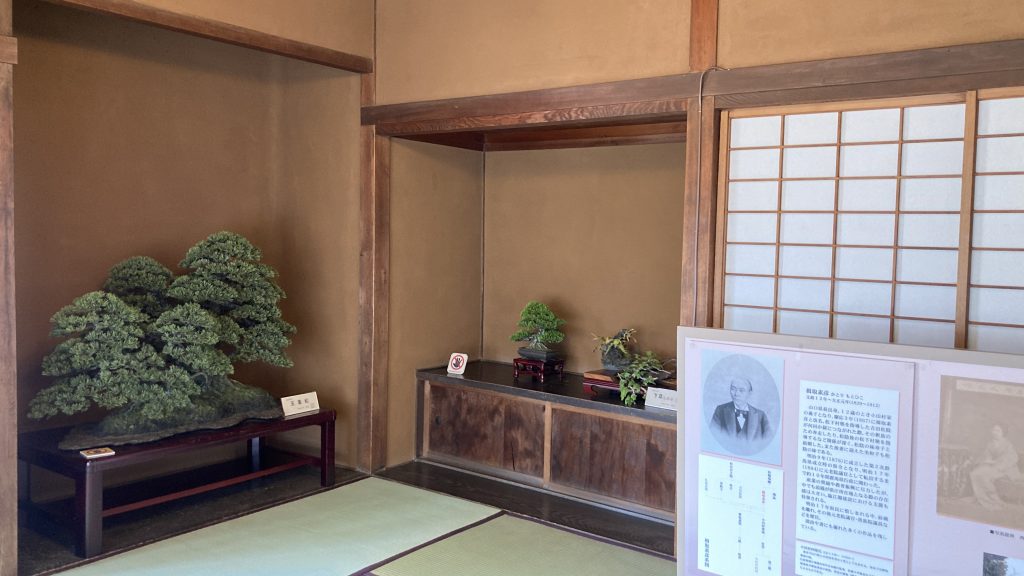
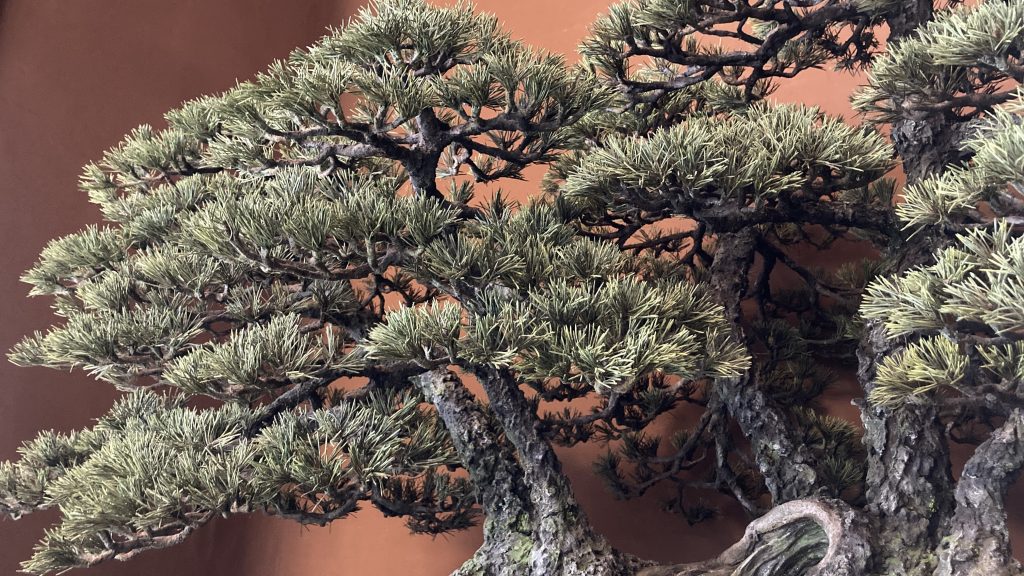
I had a great view of the real garden outside from the first and second floor corridors along the outside of the inner rooms. The glass in the floor-to-ceiling windows is from when the crown prince (who would later become the emperor) came to stay in 1908, and it’s got an elegant wave pattern that makes it hard to take pictures through it. This view too, it’s best to see for yourself.
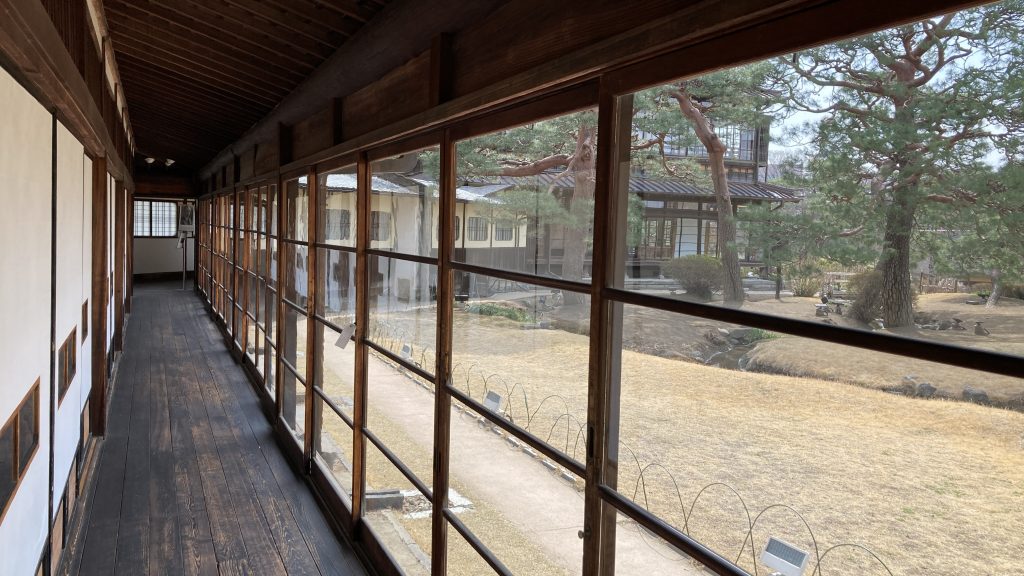
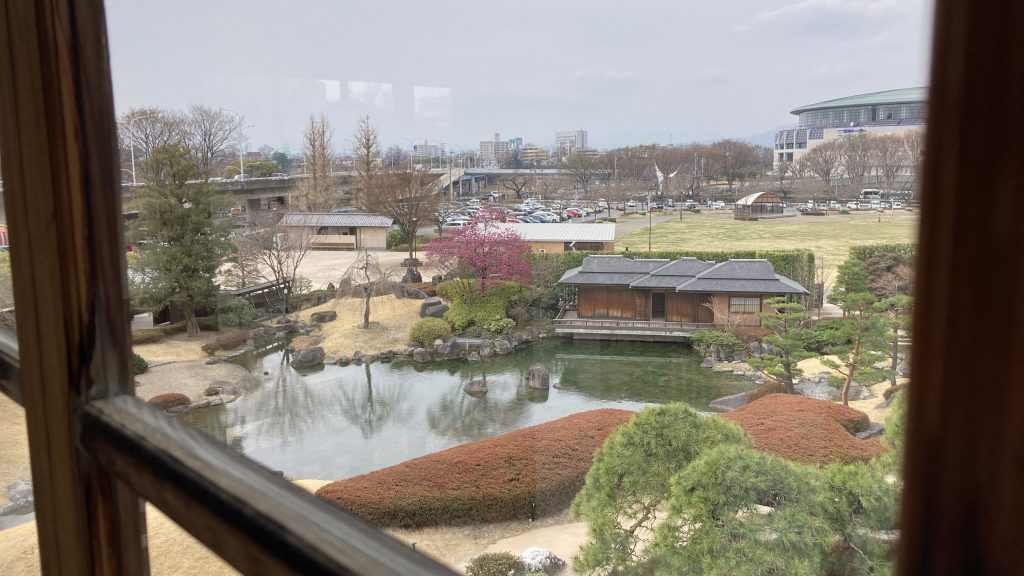
On a clear day, you can see mountains from the second-story corridor and imagine what it would have been like to be the prince looking out at this corner of his kingdom. On this cloudy day, I was stuck with just the parking lot and modern sports stadium. Personally, I like seeing the juxtaposition of the traditional garden against the contemporary infrastructure. It’s one of Japan’s quintessential aesthetics: old and new all mixed together.
Once I was done looking around Rinkokaku, it was time for a snack.
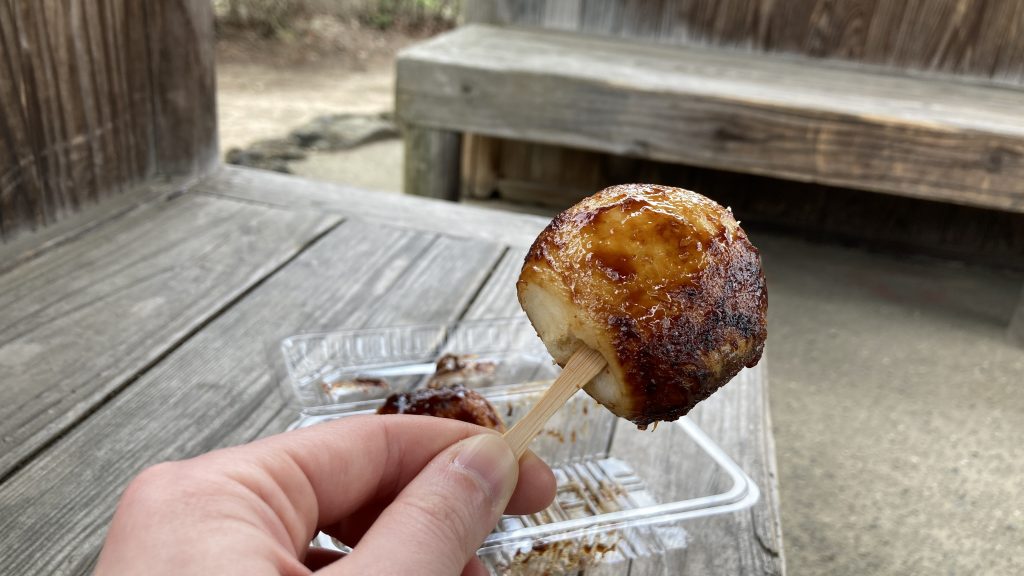
Maebashi is located in Gunma Prefecture, and one of Gunma’s most distinctive foods is yaki-manju. Normal manju are steamed buns, sometimes filled with red bean paste or pork. While the rest of the country eats manju as is, the people of Gunma take them to the next level. They start with lightly sweet steamed buns with nothing in them, and then grill them on skewers with sweet-and-salty miso sauce. These yaki-manju super buns are a burst of different textures and flavors all in one bite.
Just down the street from Rinkokaku is a little shop called Harashima-ya. Founded in 1857, Harashima-ya specializes in yaki-manju–they don’t bother with anything else, and you can taste the difference. The current shop exterior is modeled after the architecture of the era in which it was founded, so you can’t miss it.
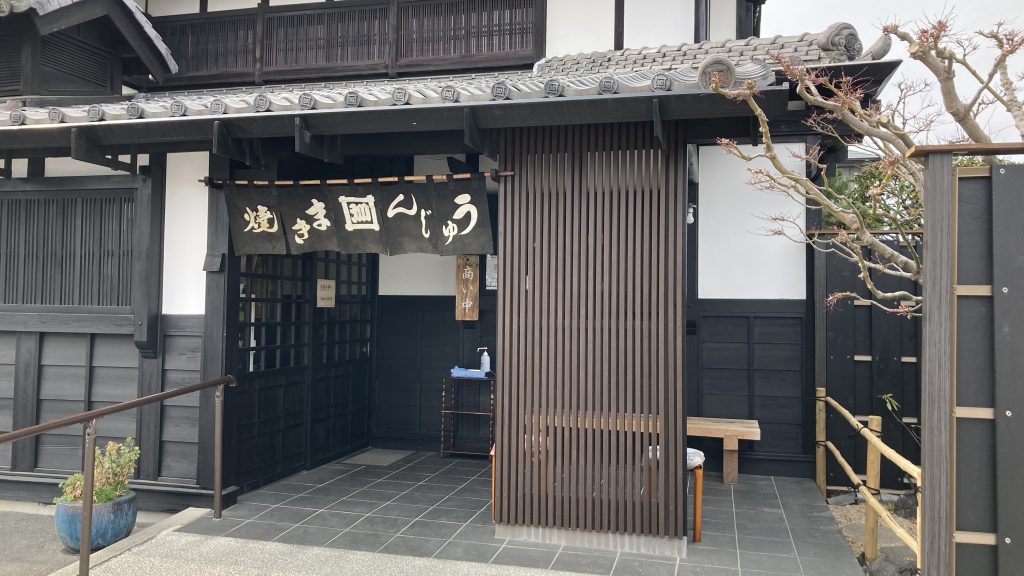
I ordered a skewer of buns for myself and got to watch the expert griller make it right in front of me. She told me it was okay to take pictures and videos, which was great news for my Instagram. By the way, the manju are super cheap. Just 240 yen, or less than 2 US dollars, for a skewer of 4 buns. They only serve to-go right now, but there’s a cozy-looking eat-in space that I assume opens sometimes.
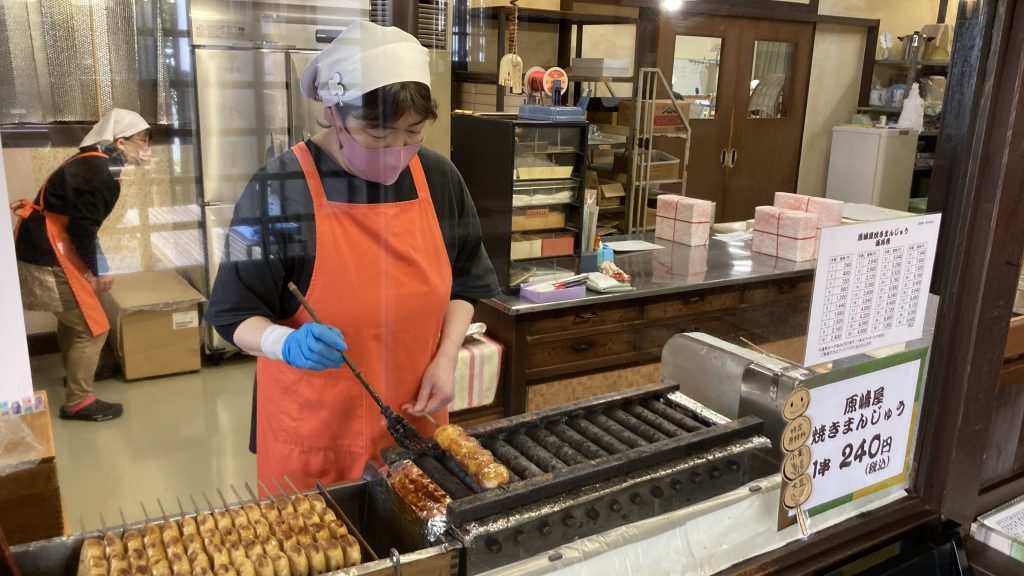
It’s rude to walk and eat at the same time in Japan (unless it’s a festival, then there are no rules). But yaki-manju are best when they’re warm, and I couldn’t resist, so I dug in right after leaving the shop. It was worth it–they were delicious.
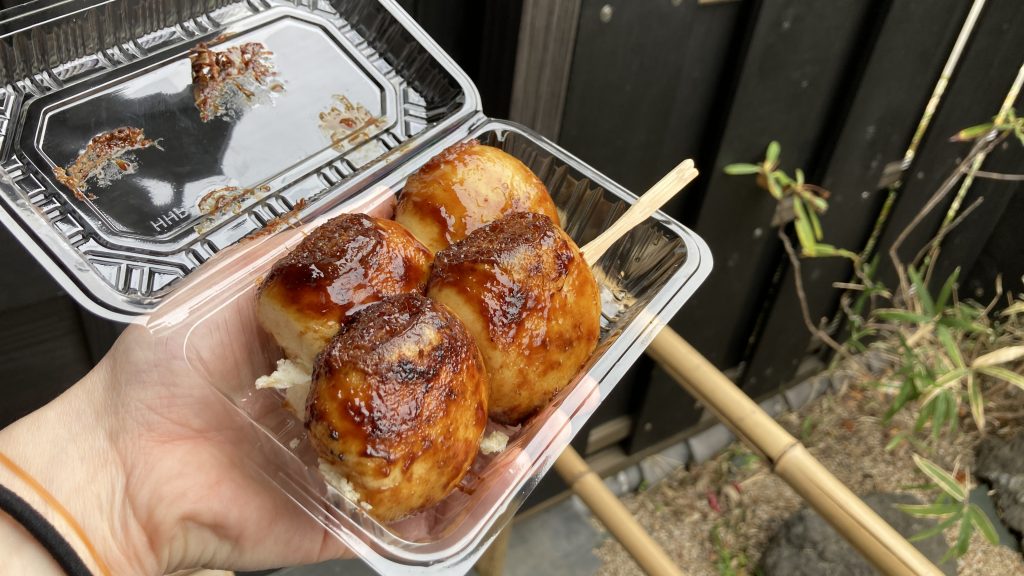
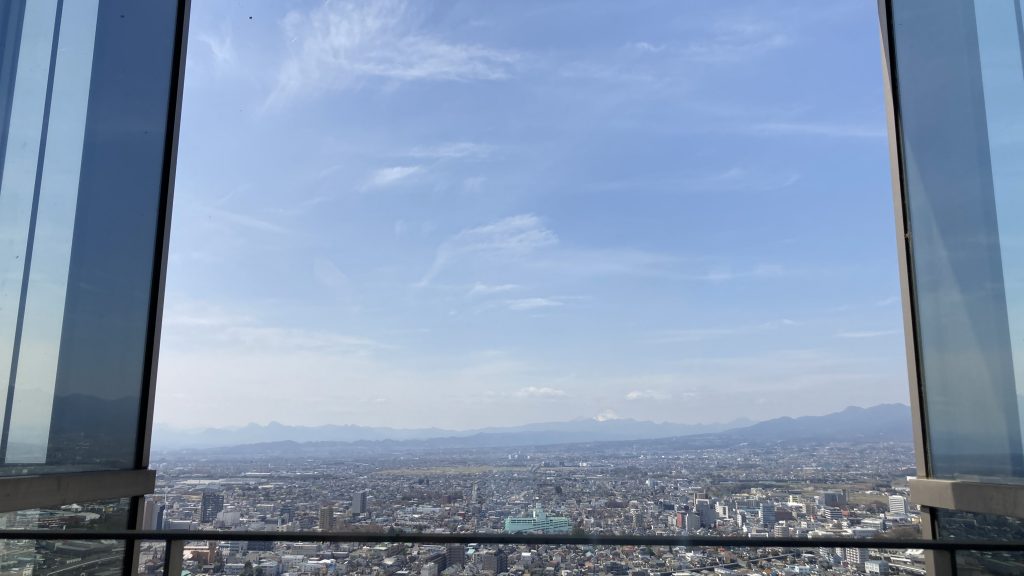
My last stop of the day was the Gunma Prefectural Office. I walked back to Rinkokaku, then under the overpass. There’s no way you’ll get lost, because the brick-colored prefectural office is the tallest building in the city–you can just walk toward it from wherever you are.
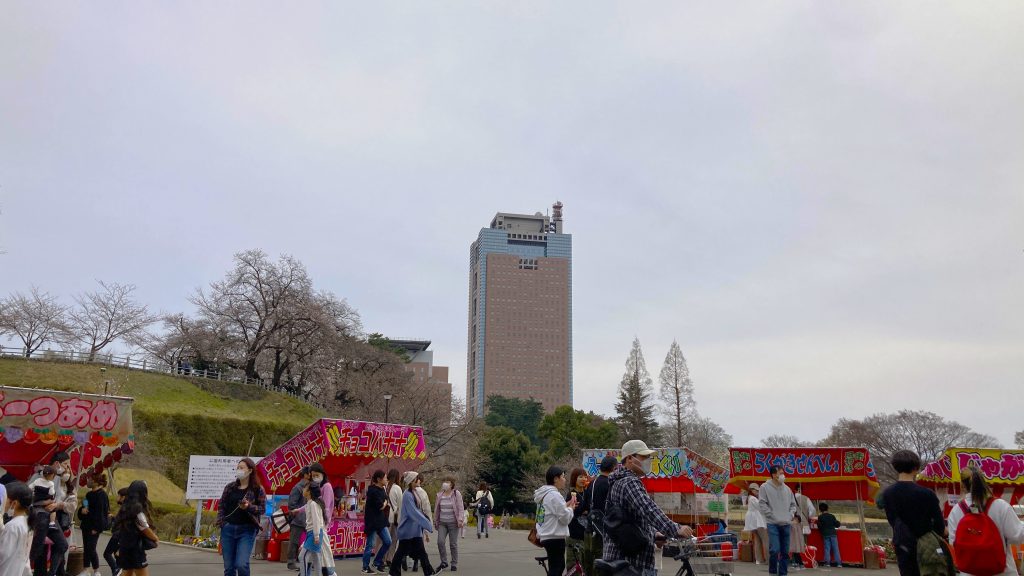
I passed through Maebashi Park on my way. Since it was sakura, or cherry blossom season, there were food stalls and lots of people out enjoying the nice weather. The park is full of cherry trees–you fill up a whole afternoon just lounging here under the blossoms.
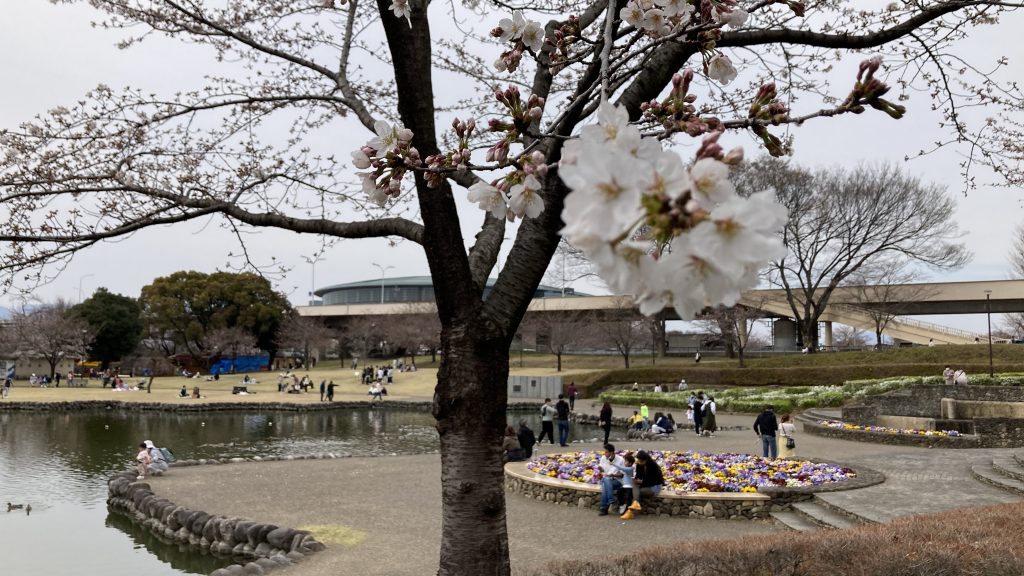
On the street leading to the office, I found a terracotta horse statue statue to welcome me. Called haniwa in Japanese, terracotta figures like this are a staple of Japanese kofun tombs. Gunma is full of them, so it makes sense they would want one in front of the most important governmental building here.
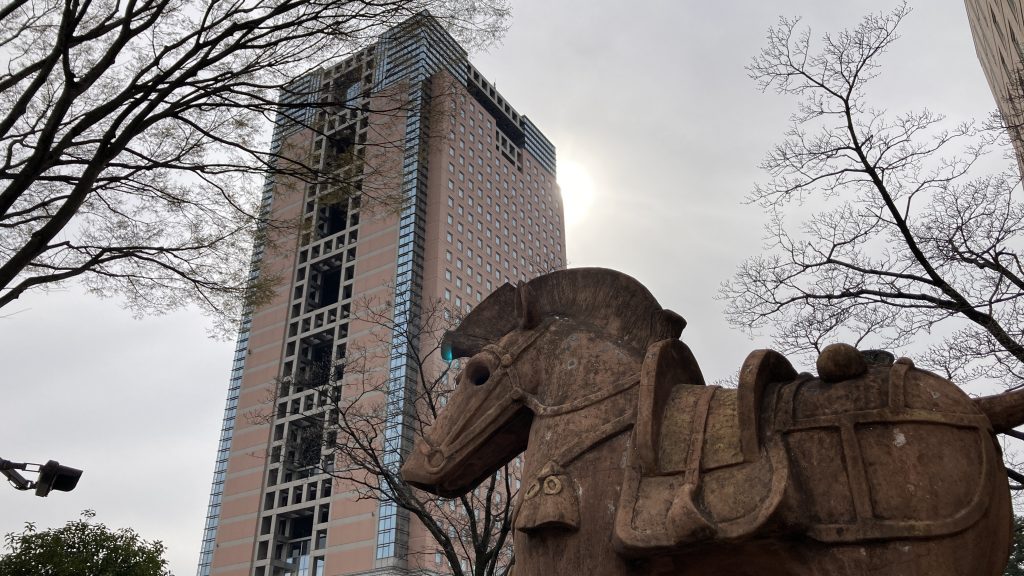
Anyone can enter the Prefectural Office–you don’t have to be a government official–and it’s free to go up to the observation deck on the 32nd floor. Make sure you take the right elevator–some of them only go halfway up the building.
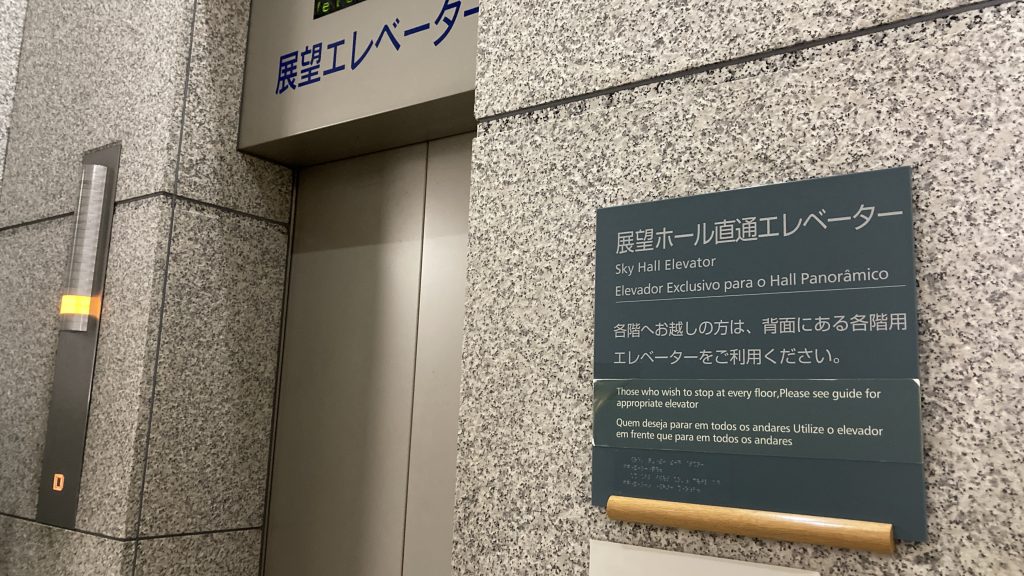
If you ride the sky hall elevator at the back, you can look out as you’re riding up.
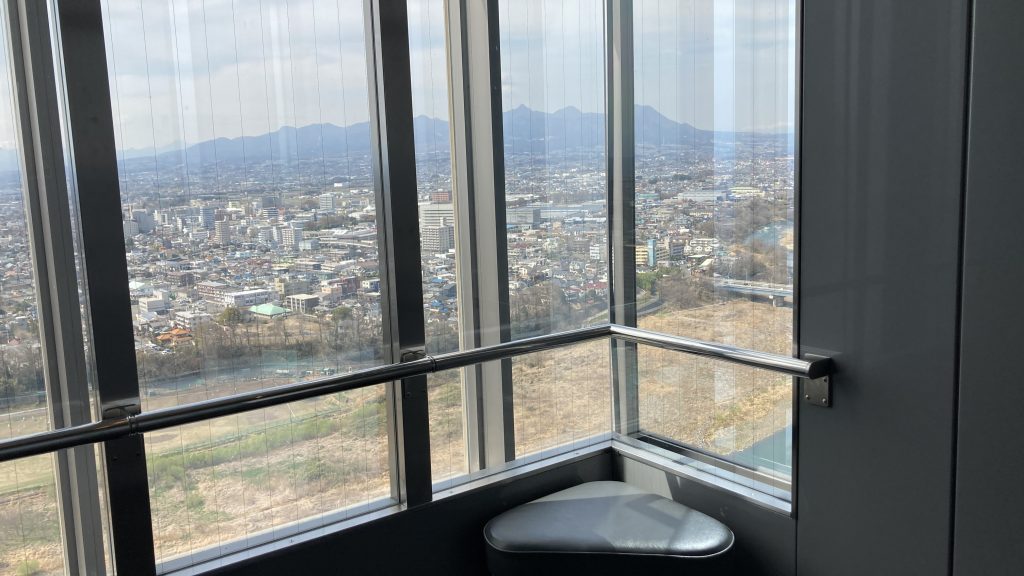
On the 32nd floor, there are windows on all sides of the building, so you can look out at any part of Maebashi or surrounding Gunma.
My favorite part is the coffee shop with a view, Yamatoya Coffee 32. You can grab a coffee and sweets or a sandwich, and much while staring out at the mountains.
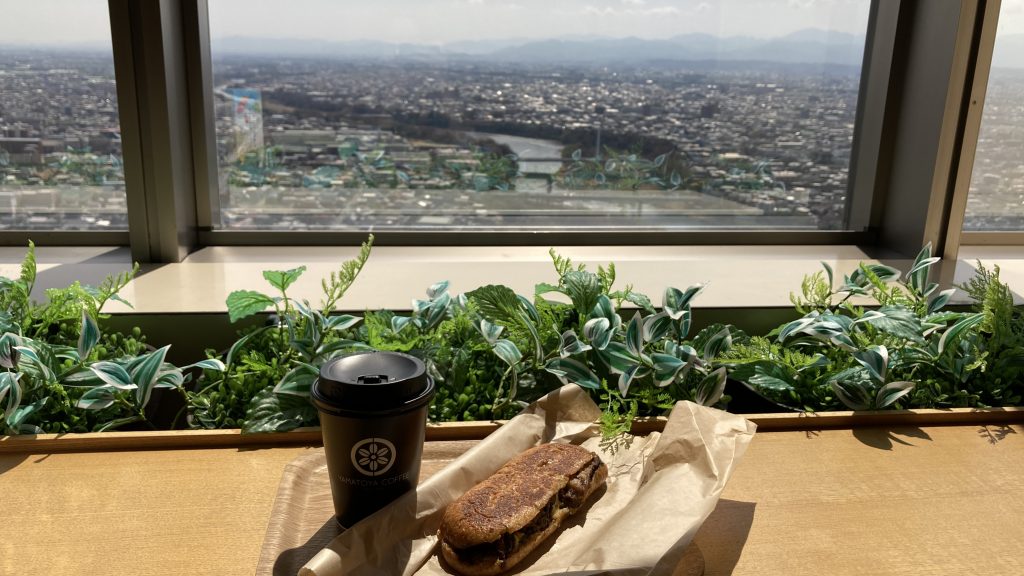
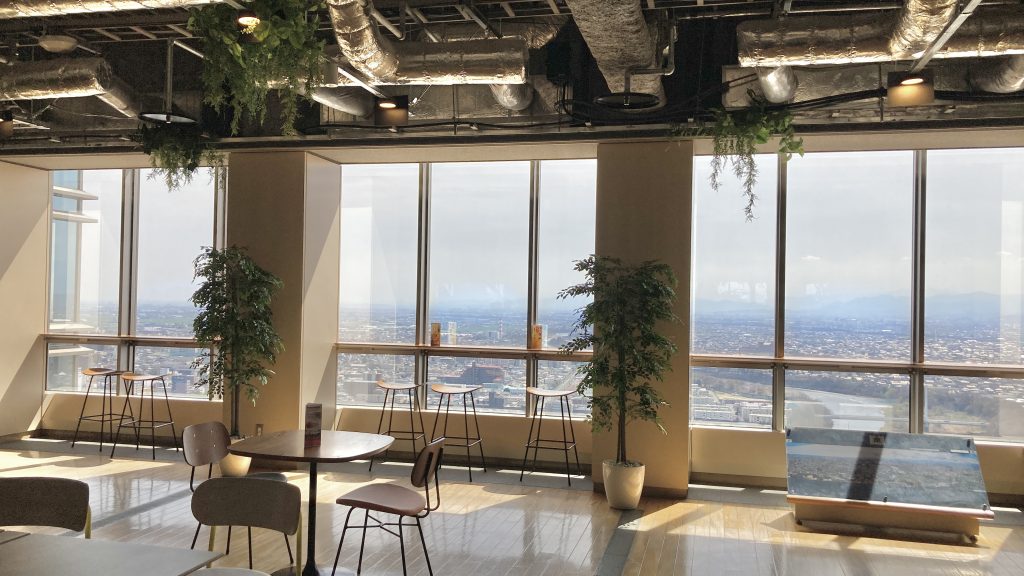
There was also a little exhibition on the 32nd floor the day I was there. Local businesses were selling crafts, jewelry, snacks, and even kimono.
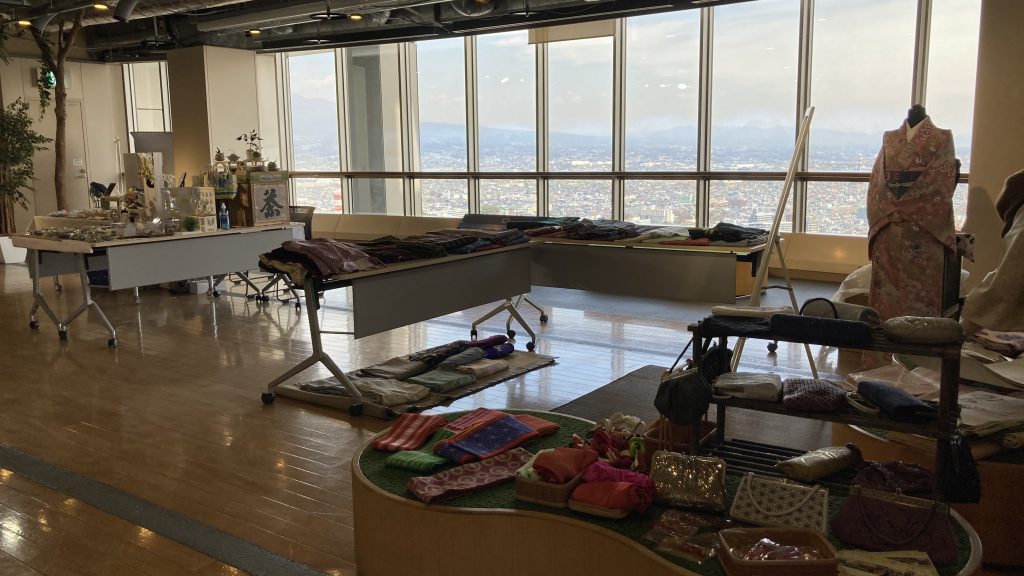
If you take a million pictures like I did, you can spend a lot of time wandering around just this part of downtown Maebashi. However, it’s easy to complete this whole course in just an hour or two if you like moving fast. You could easily stop by after an e-bike tour of Mt. Akagi, or include it in a multi-day exploration of Maebashi and Gunma.
See you next time!
